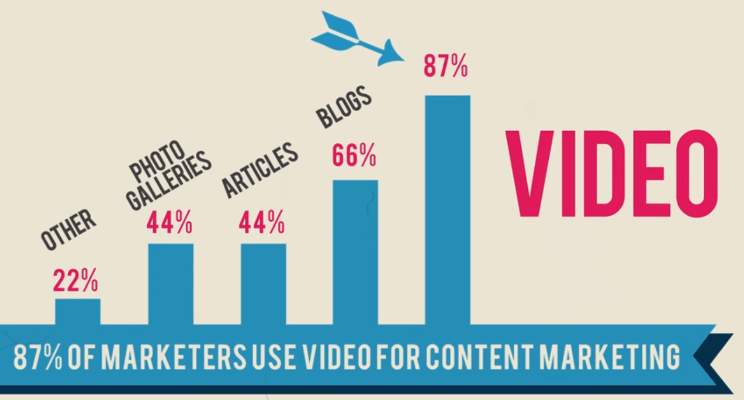In the dynamic world of digital marketing, where every aspect of content creation plays a crucial role in engaging audiences, audio content has emerged as a powerful tool for brands to connect with consumers.
Whether it's through podcasts, music streaming, or audio ads, selecting the best audio quality format is paramount to ensure optimal sound quality and compatibility across different platforms and devices. In this comprehensive guide, we'll walk you through various audio formats, analyse their strengths and weaknesses, and provide insights to help you make an informed decision on which audio format is best for your digital marketing endeavours.
Understanding the Types of Audio Format & their Suitability
Audio formats determine how digital audio data is stored, compressed, and decoded. Each format comes with its unique characteristics, including compression methods, audio quality, and compatibility. Let's delve into some of the most popular audio formats and their suitability for digital marketing:
1. WAV (Waveform Audio File Format)
Audio Quality: WAV is renowned for its uncompressed, lossless audio quality, making it an excellent choice for preserving the fidelity of audio recordings.
Compatibility: While WAV files offer superior audio quality, they tend to be larger in size, which can limit their suitability for web-based streaming and downloading.
Best Use Cases: Ideal for high-quality music streaming, podcasting, and audiobooks where audio fidelity is paramount and file size is not a significant concern.
2. FLAC (Free Lossless Audio Codec)
Audio Quality: FLAC strikes a balance between audio quality and file size, offering lossless compression that reduces file sizes significantly compared to WAV.
Compatibility: Supported by a wide range of devices and platforms, FLAC is suitable for digital marketing campaigns targeting audiophiles and music enthusiasts.
Best Use Cases: Perfect for delivering high-fidelity audio experiences while optimising bandwidth and storage space, making it ideal for premium content releases and exclusive recordings.
3. AAC (Advanced Audio Coding)
Audio Quality: AAC is known for its superior audio quality compared to MP3, especially at lower bitrates, making it suitable for delivering crisp and clear audio content.
Compatibility: Widely supported across various platforms, including Apple devices, AAC is a versatile choice for digital marketing campaigns.
Best Use Cases: Ideal for streaming services, podcasts, and online advertisements where compatibility and audio quality are paramount, offering a balance between quality and file size.
4. MP3 (MPEG Audio Layer III)
Audio Quality: While not as renowned for audio quality as WAV or FLAC, MP3 remains a popular choice due to its widespread compatibility and smaller file sizes.
Compatibility: Supported by virtually all devices and platforms, MP3 is suitable for general-purpose marketing content and casual listening.
Best Use Cases: Perfect for podcasts, background music, and short audio clips used in digital marketing campaigns where file size and compatibility are primary considerations.
Factors to consider for selecting the Best audio format for sound quality
When selecting the best audio file format for your specific needs, several factors should be taken into consideration to ensure optimal performance and compatibility. These factors include:
-
Audio Quality:
One of the primary considerations is the audio quality required for your content. If you prioritise high-fidelity audio with minimal loss of quality, you may opt for uncompressed or lossless audio formats such as WAV or FLAC. On the other hand, if you're willing to sacrifice some quality for smaller file sizes, lossy formats like MP3 or AAC may be suitable.
-
Compatibility:
It's essential to choose an audio format that is widely supported across various devices, operating systems, and platforms. Consider the devices your audience is likely to use for playback, such as smartphones, tablets, computers, and audio players, and ensure compatibility with their preferred formats.
-
File Size:
The size of the audio files can impact factors such as streaming performance, storage requirements, and download times. Depending on your distribution channels and bandwidth limitations, you may need to balance audio quality with file size to optimise user experience.
-
Distribution Channels:
Evaluate the platforms and channels where your audio content will be distributed, such as streaming services, websites, social media platforms, and mobile apps. Different platforms may have specific requirements or recommendations for audio formats, so ensure compatibility with your chosen distribution channels.
-
Purpose of the Audio:
Consider the intended use of the audio content, whether it's music, podcasts, audiobooks, advertisements, or voiceovers. Each type of content may have different requirements in terms of audio quality, file size, and compatibility with playback devices.
-
Editing and Processing:
If you plan to edit or process the audio files extensively, consider the compatibility of the format with audio editing software and tools. Some formats may offer better support for features like metadata, editing capabilities, and multi-channel audio.
-
Long-Term Preservation:
If archival or long-term preservation of the audio content is a concern, opt for formats that offer lossless compression or uncompressed audio to ensure the highest possible fidelity over time.
-
User Preferences:
Ultimately, consider the preferences and expectations of your target audience. Conduct research or surveys to understand their preferred audio formats, playback devices, and listening habits to tailor your choice accordingly.
By carefully considering these factors, you can select the best audio file format that aligns with your specific needs, objectives, and audience preferences, ensuring optimal performance and user satisfaction across different platforms and devices.
Read more: Silencing Sound: A Guide On Removing Audio From Videos
Which Audio Format is Best for Different Content Type
Choosing the best audio format for sound quality depends on the specific needs and requirements of the content type. Here's a breakdown of the best audio formats for different types of content:
-
Best Audio file Format for Social Media:
AAC (Advanced Audio Coding): AAC is a widely supported audio format that offers good sound quality at relatively small file sizes. It is commonly used for social media platforms due to its efficient compression and compatibility with various devices and browsers.
-
Best Audio Quality Format for Podcast Episodes:
MP3 (MPEG Audio Layer III): MP3 is one of the most popular audio formats for podcasts due to its widespread compatibility and relatively small file sizes. It provides decent sound quality while keeping file sizes manageable, making it suitable for streaming and downloading podcast episodes.
-
Recommended Audio File Format for Music Production:
WAV (Waveform Audio File Format) or AIFF (Audio Interchange File Format): WAV and AIFF are uncompressed audio formats commonly used in music production. They offer high-quality audio without any loss of fidelity, making them ideal for recording, editing, and mastering music tracks.
-
Which Audio Format is Best for Live Streams:
AAC (Advanced Audio Coding): AAC is often used for live streaming due to its efficient compression and compatibility with streaming protocols. It provides good sound quality while minimising bandwidth usage, making it suitable for broadcasting live audio content over the internet.
-
Best Audio File Format for YouTube:
AAC (Advanced Audio Coding) or Opus: YouTube recommends using AAC or Opus audio formats for uploading videos. These formats offer good sound quality and are compatible with YouTube's video encoding settings. Opus, in particular, provides excellent compression efficiency and is well-suited for online streaming platforms like YouTube.
It's important to note that while these are commonly recommended audio formats for each content type, the best choice may vary depending on factors such as specific project requirements, target audience preferences, and platform compatibility. It's always a good practice to test different formats and settings to determine the optimal balance between sound quality, file size, and compatibility for your particular use case.


.jpg)



.png)


.jpg)
.jpg)






.jpg)

.jpg)



.jpg)
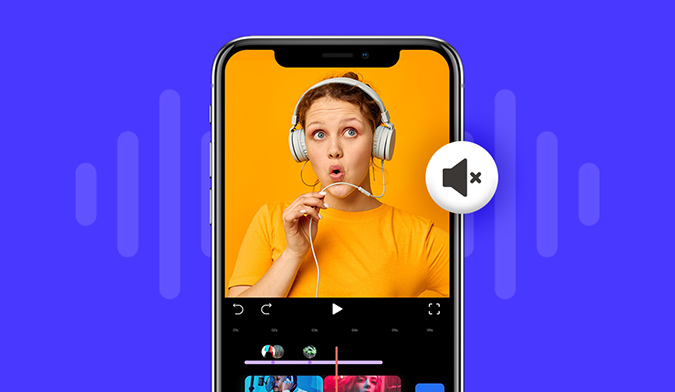




.jpg)
.jpg)
.jpg)


.jpg)

.jpg)
.jpg)

.jpg)
.jpg)
.jpg)
.jpg)
.jpg)

.jpg)
.jpg)
.jpg)
















.jpg)




.jpg)
.jpg)
.jpg)

.jpg)
.jpg)
.jpg)
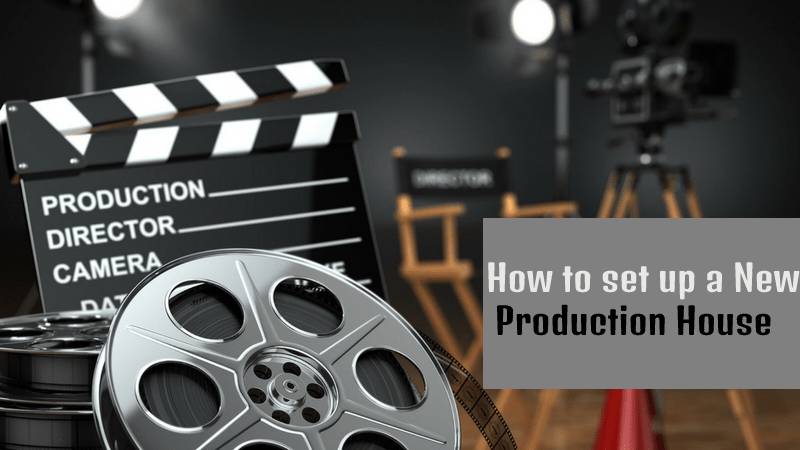



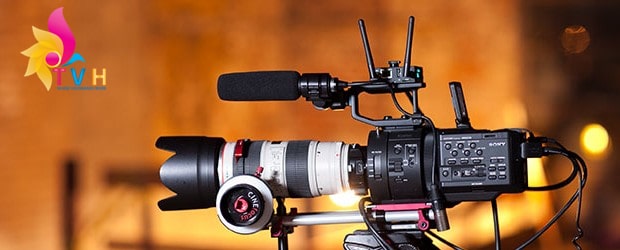
.jpg)
.jpg)





















.jpg)
.jpg)
.jpg)

.jpg)
.jpg)
.jpg)
.jpg)











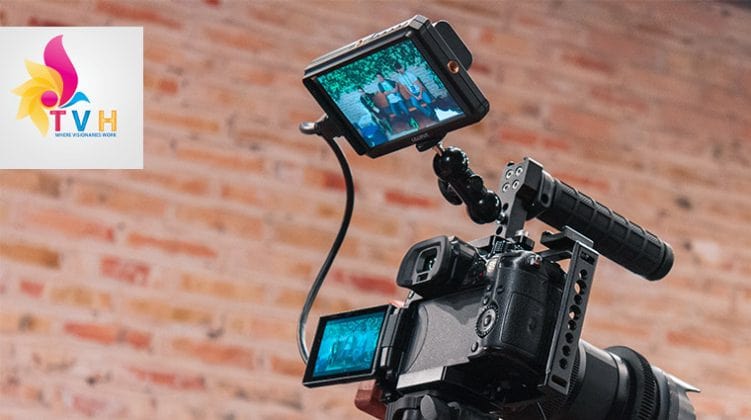
.jpg)
.jpg)
.jpg)
.jpg)
.jpg)
.jpg)


.jpg)
.jpg)
.jpg)
.jpg)
.jpg)

.jpg)
.jpg)
.jpg)
.jpg)
.jpg)
.jpg)
.jpg)


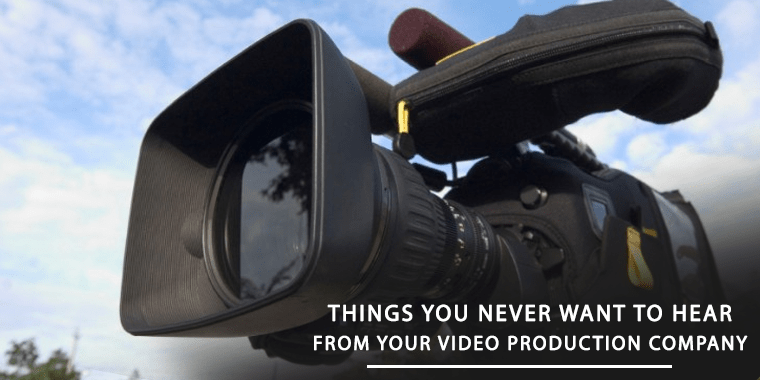





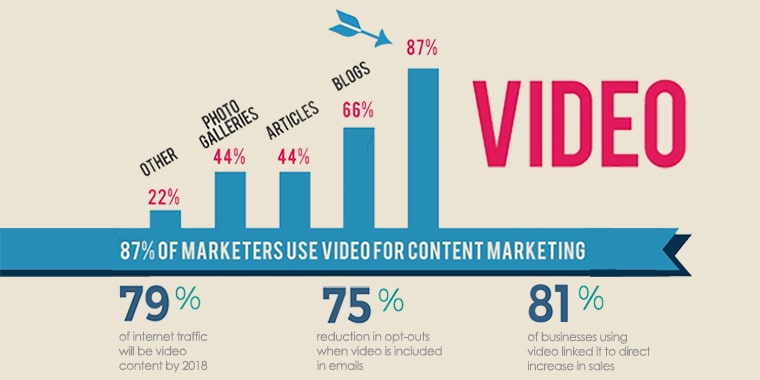











.jpg)
.jpg)
